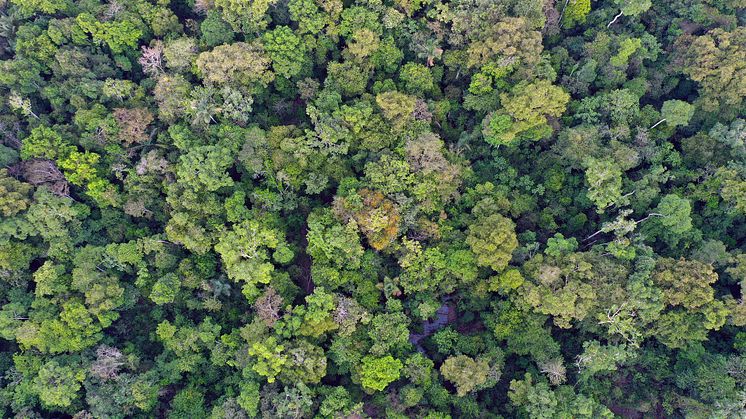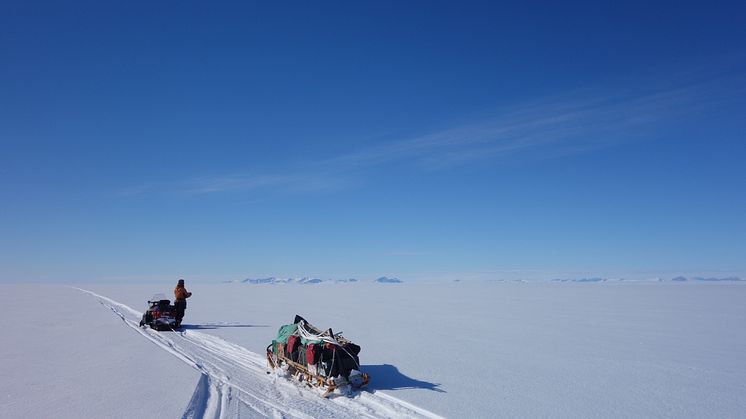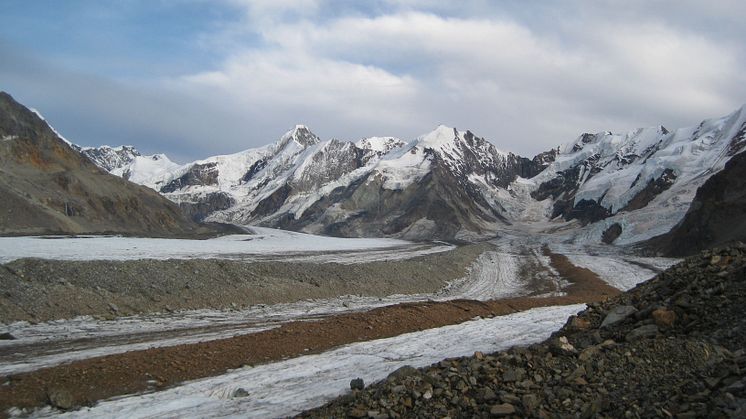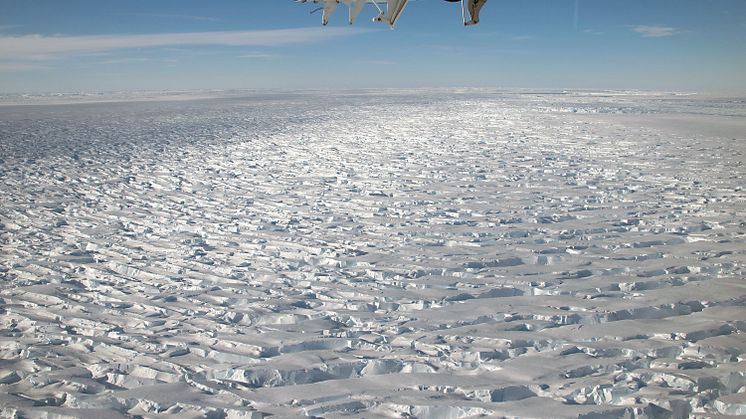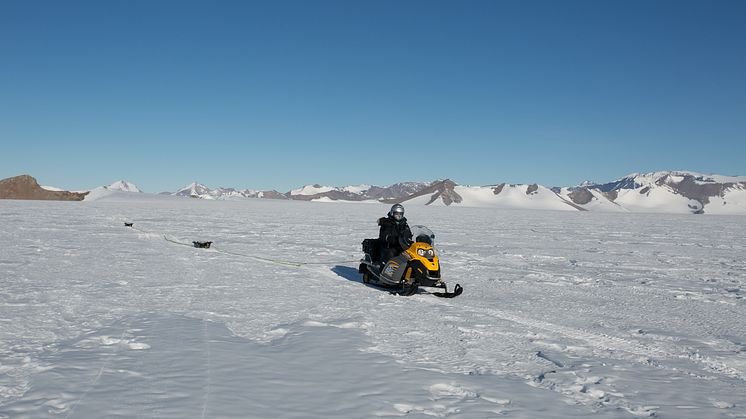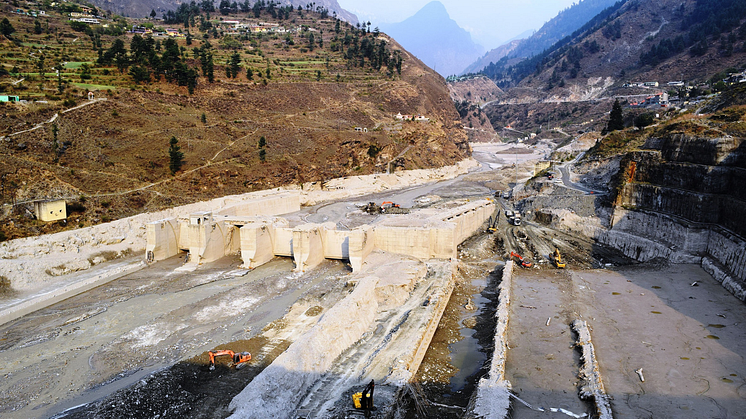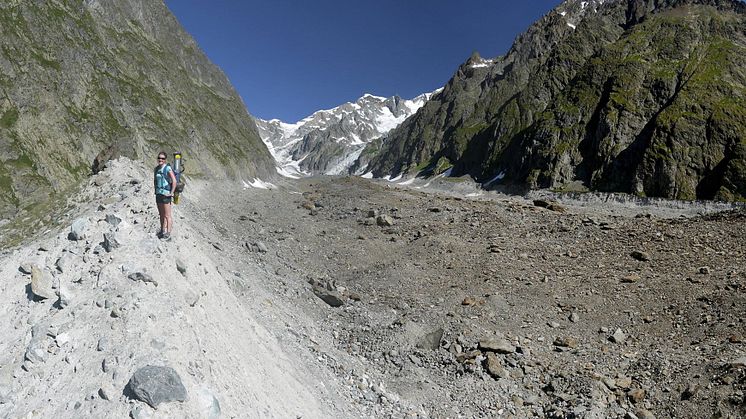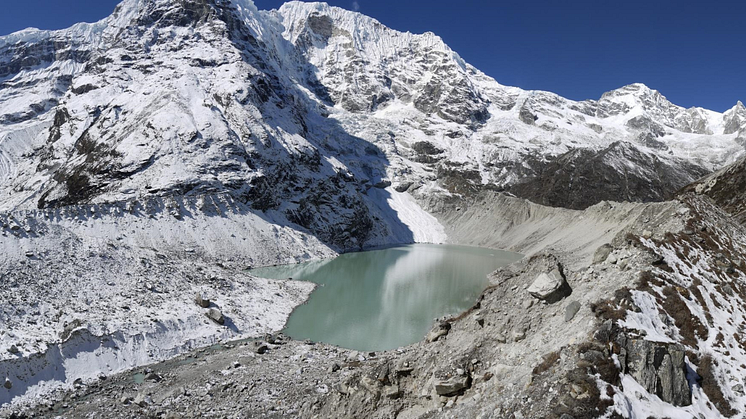
Press release -
Glacial lake outburst floods could threaten millions
The lives of millions of people around the world could be in danger due to flooding from glacial lakes – according to new research by a team of academics including Northumbria University’s Dr Matt Westoby.
Glacial lake outburst floods (GLOFs) occur when water from melting glaciers, which can collect in lakes, is suddenly released as a natural dam that contains the lake fails. As well as causing significant damage to property and infrastructure, GLOFs have previously resulted in extensive loss of life.
Now Dr Westoby, along with colleagues from Newcastle University and the University of Canterbury in New Zealand, have identified the areas most at risk from GLOFs. They believe around 15 million people globally could be under threat, with populations living in High Mountains Asia (India, Pakistan, China) and the Andes (Peru and Bolivia) the most exposed to this danger.
In their paper, published today in Nature Communications, they present a global compilation of glacial lake conditions, exposure, and vulnerability mapping, to quantify and rank the damage potential from GLOFs in 2020. Their research reports that more than half of the globally exposed population are found in just four countries: India, Pakistan, Peru, and China.
The authors also highlight the Andes as an under-studied hotspot of GLOF danger and suggest that this region should be targeted for more detailed study. They note that areas exposed to the highest GLOF danger are not those with the largest and most numerous or most rapidly growing glacial lakes, but rather that the number of people within the region and their capacity to cope with disaster that are more significant factors in determining this result.
As a geomorphologist, Dr Westoby investigates how Earth's surface is formed and changed by rivers, mountains, and ice. In 2021 he was among a team of international scientists investigating the cause of the so-called ‘Chamoli event’, a catastrophic flood in Uttarakhand, India, which left more than 200 people dead or missing.
Speaking about his latest research, Dr Westoby, of Northumbria University’s Department of Geography and Environmental Sciences, said: “Whilst much excellent research to date has focused on GLOF hazard and exposure at the regional scale, or for individual flood events, this research is the first of its kind to explore the danger posed by GLOFs at a truly global scale.
“This is significant from a disaster risk reduction perspective because it allows us to identify those regions of the world that should be a focus for targeted GLOF risk management. It also allows us to identify regions where further work is needed to better understand the complex societal factors which we show to be a key driver of GLOF danger."
How GLOF danger might change in the future remains subject to debate. As glaciers continue to recede due to climate change, existing glacial lakes will expand and many new lakes will form, altering the spatial pattern of GLOF danger. Further research is required to evaluate changes in lake conditions, exposure, and vulnerability through time to determine the relative roles of each for determining GLOF risk.
The paper’s lead author, Caroline Taylor, is supported by funding awarded through the NERC ONE Planet DTP, a highly collaborative doctoral training partnership between Northumbria and Newcastle Universities.
Northumbria is renowned for research into the future of ice on Earth, with academics such as Dr Westoby studying the future of ice sheets and glaciers in a warming world, to help us plan, adapt to and reduce the impact of climate change globally.
Topics
Categories
UNIVERSITY OF THE YEAR 2022 (Times Higher Education Awards)
Northumbria is a research-intensive modern university with a global reputation for academic excellence. Find out more about us at www.northumbria.ac.uk
--- Please contact media.communications@northumbria.ac.uk with any media enquiries or interview requests ---









